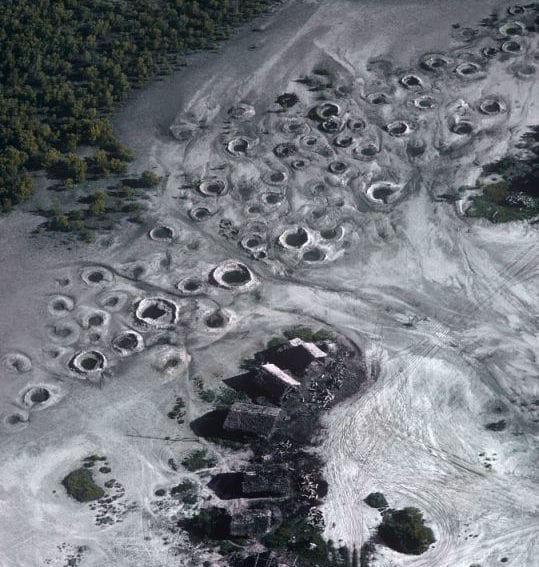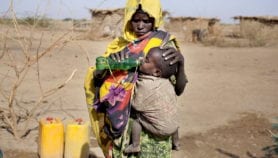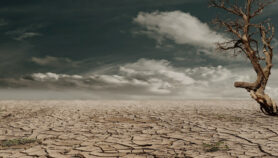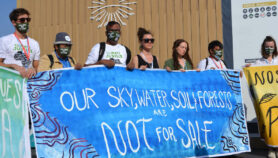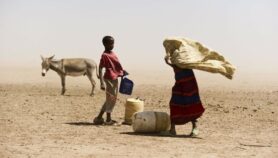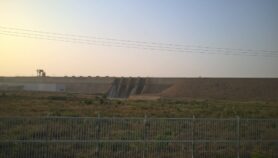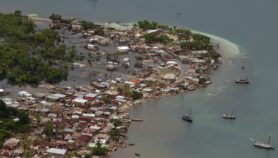By: Samuel Hinneh
Send to a friend
The details you provide on this page will not be used to send unsolicited email, and will not be sold to a 3rd party. See privacy policy.
[ACCRA] Scientists using drones to assess a project for preventing coastal erosion in Ghana have identified a need for investing in monitoring to ensure such projects effectiveness and sustainability.
Scientists from Germany and Ghana who are studying the US$90 million Keta Sea Defence project (KSDP) — completed in 2004 — in the Volta delta in Ghana say that deltas are economic hotspots that are vulnerable to climate change.
“What is important is that we need to be consistent in monitoring it in a continuous process and look at the impact of the project.”
Winfred Nelson, National Development Planning Commission, Ghana
According to the scientists, traditional methods of monitoring coastal erosion are costly, requiring much training unlike the use of unmanned aerial vehicles, also called drones. A drone, for example, costs less than US$1,000, and a research assistants needs only a day to train to fly it.
The scientists took photographs of KSDP in May and July 2015 using drones and analysed them. They found coastal erosion of an average of three metres around the facility.
“A lot of the sediments are trapped by the facility and virtually few go to the coast,” Kwasi Appeaning Addo, head of marine and fisheries sciences at the University of Ghana, told SciDev.Net in an interview last month (15 April).
The study is part of the deltas vulnerability and climate change: migration and adaptation (DECCMA) project, which analyse the impacts of climate change and other environmental drivers across deltas in Bangladesh, Ghana and India.
The five-year DECCMA project which began in 2014 is funded by Canada’s International Development Research Centre and the UK’s Department for International Development at a cost of 13.5 million Canadian dollars (about US$10.8 million).
Kwasi Appeaning Addo, the deputy principal investigator for the DECCMA project in Ghana, says there is no monitoring mechanism that looks at the effectiveness of the Keta Sea Defense project, therefore the study looks at how the project is preventing coastal erosion.
“In the future the team will find out whether the changes will be seasonal, permanent or cyclic in the nature, because when we have very high tides, a lot of erosion occurs and when we have low tides probably some accretion [accumulation of sediments] occurs,” Appeaning Addo explains.
Philip-Neri Jayson-Quashigah, a doctoral student at the University of Ghana working on the DECCMA project, says the monitoring will provide information on defense structure usefulness when new sea defense projects are being undertaken in the country.
Jayson-Quashigah calls on the government to invest more resources in monitoring the structure to ensure it is working well.
Winfred Nelson, a deputy director at the National Development Planning Commission in Ghana, says there is always the assumption that once a sea defense project is completed it solves all problems.
“What is important is that we need to be consistent in monitoring it in a continuous process and look at the impact of the project,” Nelson adds.
This piece was produced by SciDev.Net’s Sub-Saharan Africa English desk.


